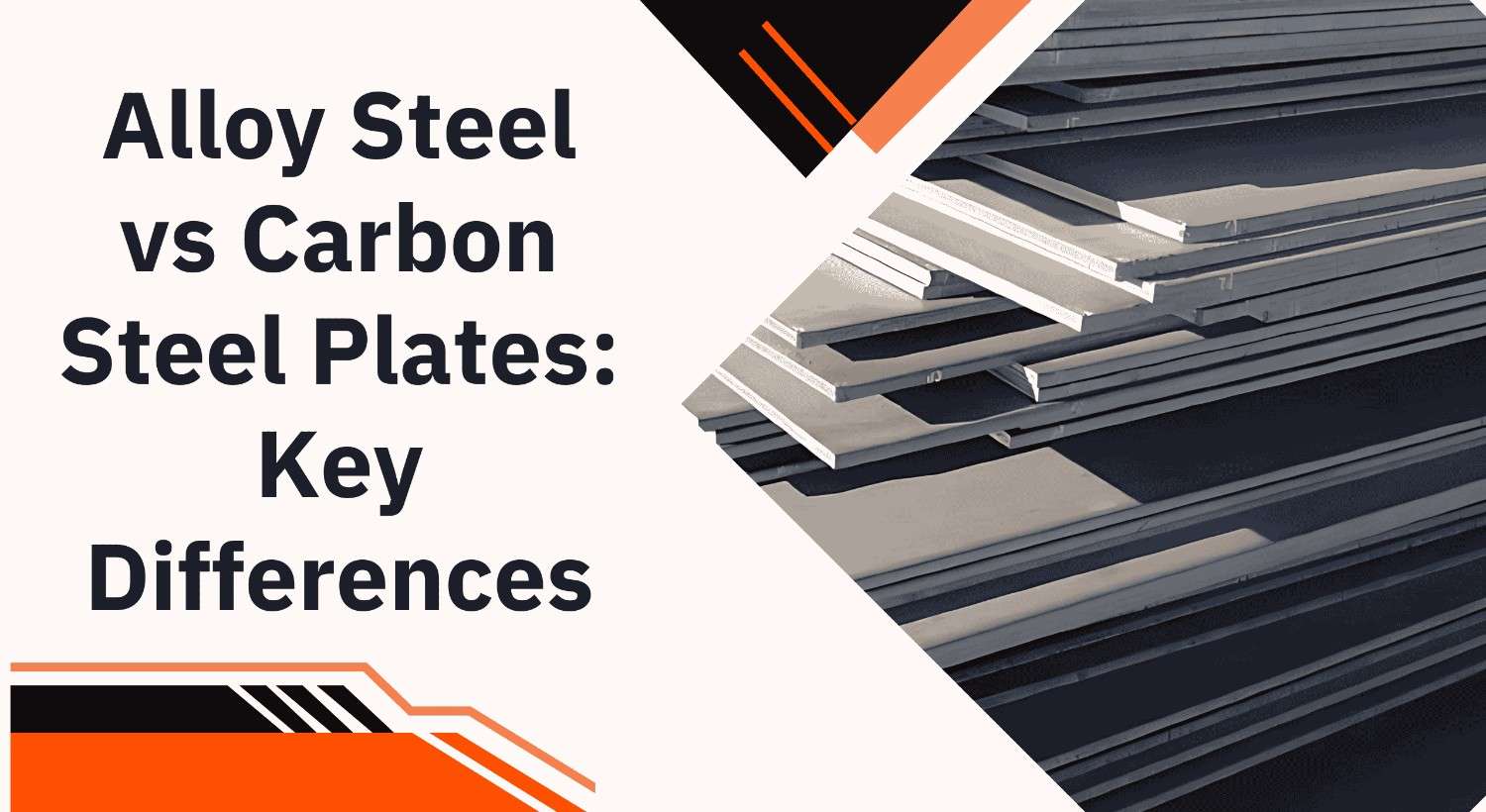When choosing steel plates for industrial use, you often have to pick between alloy steel and carbon steel. Both are useful, but they have different properties, performance, and uses. If you work with pressure vessels or boilers, you’ve likely heard of ASTM A516 Gr 70 Plate — a popular type of carbon steel plate. Let’s look at the differences..
What is Carbon Steel?
Carbon steel is simple in composition. It mainly contains iron and carbon, with very few other elements. The higher the carbon content, the stronger the steel but it can also become less ductile.
ASTM A516 Gr 70 Plate is a good example. It’s a medium-carbon steel plate known for excellent notch toughness. That’s why it’s widely used in boilers, pressure vessels, and other applications where strength and reliability matter.
Key Traits of Carbon Steel Plates:
- Good strength and hardness
- Cost-effective compared to alloy steel
- Easier to weld and machine in lower grades
- Best for moderate-temperature applications
What is Alloy Steel?
Alloy steel has iron and carbon too — but also includes other alloying elements like chromium, nickel, molybdenum, or vanadium. These elements are added to improve specific properties such as corrosion resistance, wear resistance, or high-temperature strength.
For example, alloy steel plates can handle higher stresses, work in extreme heat, and resist corrosion better than standard carbon steel plates.
Key Traits of Alloy Steel Plates:
- Enhanced strength and toughness
- Better corrosion resistance
- Can withstand extreme temperatures
- Suitable for demanding, high-performance environments
Alloy Steel vs Carbon Steel Plates
| Feature | Carbon Steel Plates | Alloy Steel Plates |
| Composition | Iron + Carbon | Iron + Carbon + Alloying elements |
| Cost | More affordable | Higher cost due to alloying materials |
| Strength | Good, but limited in extreme conditions | Higher, especially at high temperatures |
| Corrosion Resistance | Limited | Better with added elements like chromium |
| Applications | Boilers, pressure vessels, pipelines | Power plants, offshore structures, aerospace |
Choosing Between the Two
Your choice depends on the work you need to do. For normal conditions where strength and low cost are important, ASTM A516 Gr 70 Plate is a good option. It follows ASME and ASTM standards, works reliably, and is easy to find. If your project needs very high strength, better wear resistance, or must handle strong chemicals, alloy steel plates might be the better choice
Final Thoughts
Both alloy steel and carbon steel plates have their own benefits. ASTM A516 Gr 70 Plate is often chosen in many industries because it offers a good mix of strength, easy welding, and low cost. Alloy steel plates are better when you need extra strength and special features for tough conditions.


